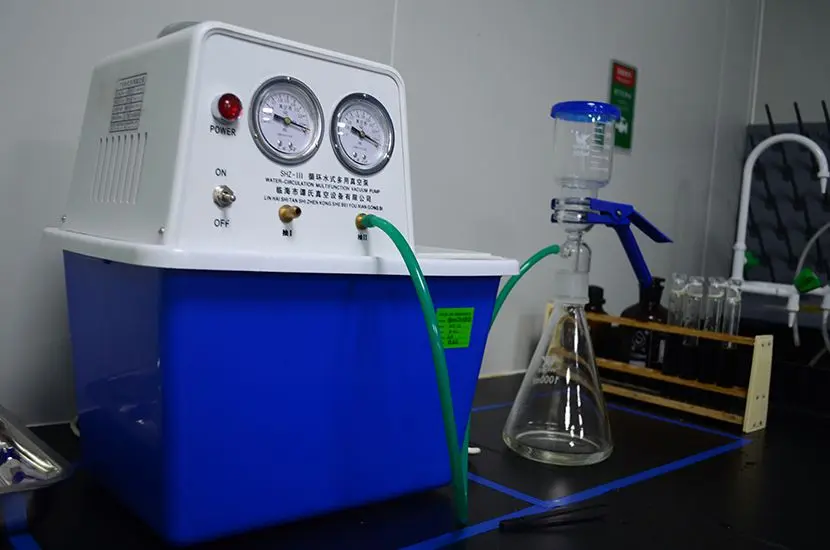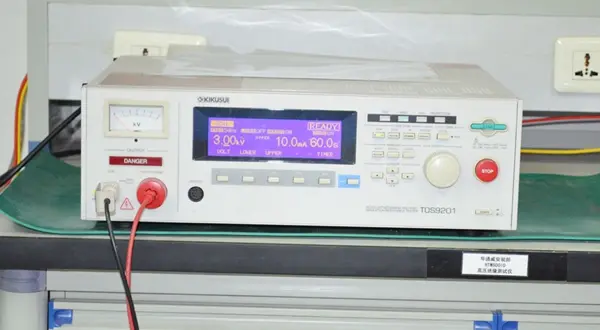
What Certifications Are Required for Exporting E-Bikes and E-Scooters?
With the increasing global demand for eco-friendly transportation, electric bicycles (E-Bikes) and electric scooters (E-Scooters) have become popular export products. However, different countries impose varying safety, environmental, and performance requirements, necessitating rigorous evaluations, testing, and certifications before entering target markets. This article examines the export process for major markets such as the EU, North America, Japan, and South Korea.
Key Pre-Export Evaluations
1. Product Classification and Regulatory Compliance
- E-Bikes: Must meet the definition of “pedal-assist bicycles” (e.g., EU’s Pedelec standard: motor power ≤250W, speed ≤25km/h).
- E-Scooters: Some countries classify them as “personal light electric vehicles” (e.g., UL 2272 standard in the U.S.).
- Note: Misclassification can lead to certification failure or legal risks.
2. Market-Specific Entry Requirements
Regulatory Frameworks:
- EU: CE certification (including EMC, LVD, RED directives), Battery Directive (EU) 2013/56/EU.
- U.S.: FCC certification (for wireless devices), UL 2272/UL 2849 (electrical safety), DOT (lighting and reflectors).
- Japan: pse certification (circular/diamond marks), meti registration.
- South Korea: kc certification (electromagnetic compatibility + safety).
3. Supply Chain Compliance
- Batteries and Chargers: Must meet UN 38.3 (transport safety) and iec 62133 (battery safety) standards.
- Key Components: Motors, controllers, and braking systems must comply with target market standards.
Core Testing Procedures
1. Electrical Safety Testing
- Insulation Withstand Voltage Test: Ensures circuit insulation integrity under high voltage.
- Overcharge/Over-discharge Protection: Battery management system (BMS) must pass charge-discharge cycle testing.
- Short-Circuit and Temperature Rise Tests: Simulates abnormal usage scenarios (e.g., UL 2272 requirements).
2. Mechanical Safety Testing
- Frame Strength: Static load tests (EU’s EN 15194 requires the frame to support 1.5× maximum load).
- Braking Performance: Wet and dry surface braking distance tests (e.g., U.S. CPSC 16 CFR Part 1512).
- Drop and Vibration Tests: Evaluates structural stability during transport and use.
3. Electromagnetic Compatibility (EMC) Testing
- Radiated Emissions (RE) & Electromagnetic Susceptibility (EMS): Ensures devices do not interfere with other electronics (e.g., fcc part 15B).
4. Environmental and Chemical Testing
- EU RoHS 2.0: Restricts six hazardous substances, including lead and cadmium.
- EU REACH: Checks for SVHC (Substances of Very High Concern) on the chemical list.
- California Prop 65: Regulates heavy metal content for the California market.
5. Performance and Durability Testing
- Range Verification: Tested under simulated conditions.
- Motor and Battery Cycle Life Tests: EU’s EN 15194 requires battery capacity to remain ≥80% after 1,000 charge cycles.
Certification Processes for Key Markets
1. EU Market (CE Certification)
Applicable Directives:
- LVD Directive (2014/35/EU): Electrical safety.
- EMC Directive (2014/30/EU): Electromagnetic compatibility.
- RED Directive (2014/53/EU): Wireless communication modules (e.g., Bluetooth lock function).
- EN 15194: Specific standard for electric bicycles.
Process:
1. Engage a third-party laboratory (e.g., TÜV, SGS) for testing.
2. Compile technical documentation (including design drawings, test reports, risk assessments).
3. Sign the Declaration of Conformity (DoC) and affix the CE mark.
2. U.S. Market
- FCC Certification (Mandatory): Required for wireless devices (e.g., GPS or remote control functions).
- UL certification (Voluntary but Highly Recommended):
- UL 2272: Electrical safety for e-scooters.
- UL 2849: Electrical safety for e-bikes.
- CPSC Compliance: Ensures mechanical safety and labeling requirements (e.g., warning labels, maximum speed markings).
3. Japan Market (PSE Certification)
- Circular PSE: Required for lithium batteries (tested under JIS C 8712).
- Diamond PSE: Required for chargers (third-party laboratory certification needed).
- METI Registration: Importers must submit equipment details to Japan’s Ministry of Economy, Trade, and Industry.
4. Australian Market (rcm certification)
- Compliance with AS/NZS 60335.1: General safety standard for household appliances.
- Battery Testing: Must pass IEC 62133 and be registered in the Electrical Equipment Safety System (EESS).
Common Issues and Solutions
1. Frequent Testing Failures:
- Battery Issues: False capacity claims, BMS protection failure.
- EMC Exceeding Limits: Motor controller design flaws leading to excessive electromagnetic emissions.
Solution: Utilize pre-testing services and optimize PCB layout and shielding design.
2. Certification Timeframe and Costs:
- Timeframe:
- CE certification: ~4-6 weeks.
- UL certification: ~8-12 weeks (includes factory audits).
- Cost:
- Single-market certification: $5,000-$15,000 (varies by product complexity).
3. Multi-Market Export Strategies:
- Adopt a “Global Compliance Platform” during design:
- Select battery cells certified under UN 38.3 + CB Scheme.
- Design lighting systems to meet both EU ECE R10 and U.S. SAE standards.
Enterprise Compliance Checklist
1. Verify classification rules and updated regulations for target markets (e.g., EU’s planned 2024 update to EN 15194).
2. Select an ILAC-accredited laboratory for pre-testing.
3. Establish a technical documentation repository (including BOM list, test reports, and DoC).
4. Work with certification bodies to complete factory audits (ISO 9001 compliance recommended).
5. Monitor regulatory updates, such as the U.S. NHTSA’s new rules on e-scooter road use.
Export certification for electric two-wheelers is a systematic process requiring integration of technology, regulations, and market insights. Companies can accelerate market entry through pre-compliance design and collaboration with professional certification bodies, while leveraging mutual recognition mechanisms (e.g., CB Scheme) to reduce redundant certifications. It is advisable to allocate at least six months for full compliance preparation to mitigate customs clearance risks and recall losses.
Email:hello@jjrlab.com
Write your message here and send it to us
 What Are the Battery Compliance Test Reports?
What Are the Battery Compliance Test Reports?
 Christmas Children’s Products EU & US Complian
Christmas Children’s Products EU & US Complian
 Food Packaging Material Testing
Food Packaging Material Testing
 Cosmetic Product Safety Report
Cosmetic Product Safety Report
 What is Prop 65 Warning?
What is Prop 65 Warning?
 Does RoHS Apply to Packaging?
Does RoHS Apply to Packaging?
 How to Get RoHS Compliance?
How to Get RoHS Compliance?
 How to get EN 62368-1 Test Report
How to get EN 62368-1 Test Report
Leave us a message
24-hour online customer service at any time to respond, so that you worry!




